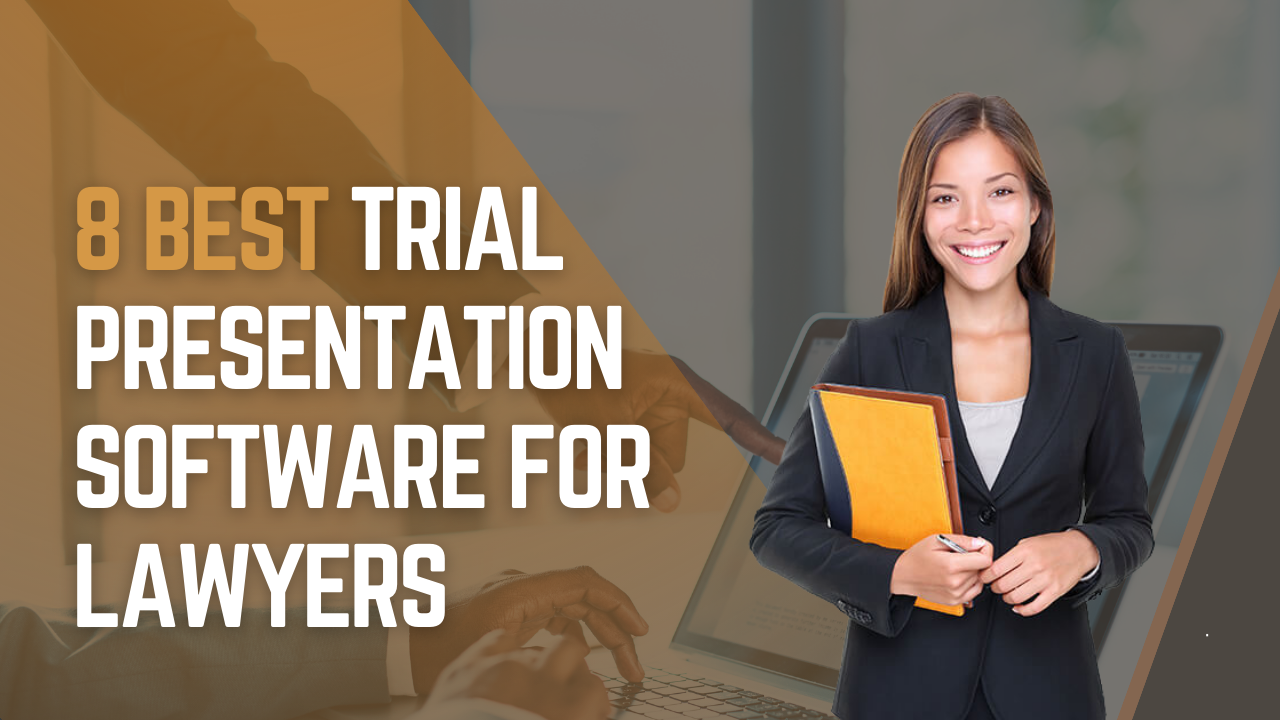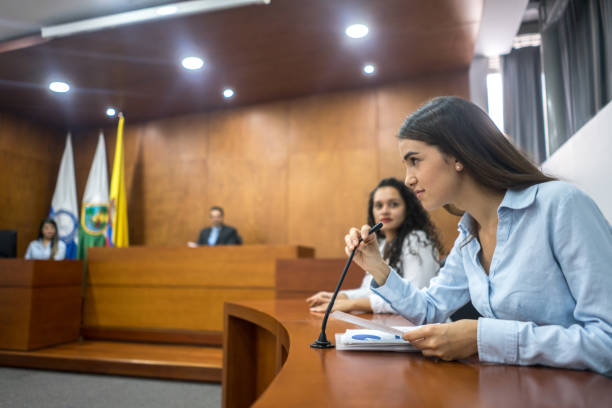Top Methods for Producing Impactful Trial Presentations in Courtroom Settings
Browsing the Complexities of Trial Presentations: Tips for Seamless Distribution and Engaging Debates
In the world of lawful process, the art of trial presentation stands as a critical determinant of success. As attorneys browse the intricate web of courtroom characteristics, the capacity to seamlessly supply disagreements and evidence while captivating the jury's focus comes to be vital. The intricacies intrinsic in test presentations require a delicate balance of technique, ability, and skill. By honing techniques that ensure a sleek distribution and crafting compelling debates that resonate with the target market, lawyers can considerably improve their campaigning for. In a world where persuasion reigns supreme, mastering the complexities of test presentations is not simply an option but a need for those looking for to dominate in the courtroom.

Understanding Trial Purposes
To effectively browse a test, it is important to have a clear understanding of the purposes that need to be achieved. Before tipping right into the courtroom, lawful teams should specify their goals and desired end results. These purposes act as directing concepts throughout the test, forming techniques and affecting decision-making procedures.
Understanding test goals involves an extensive analysis of the situation, legal criteria, and the customer's benefits. Trial Presentations. It needs a meticulous assessment of the truths, determining key issues, and anticipating prospective difficulties. By establishing quantifiable and details goals, lawyers can tailor their discussions and disagreements to straighten with the desired results
In addition, a clear grasp of trial objectives enables lawful groups to focus on proof, witnesses, and lawful arguments successfully. It enables the advancement of a coherent narrative that reverberates with the discretionary, enhancing the general case discussion.

Organizing Proof Successfully
Having a clear understanding of trial purposes lays the foundation for organizing proof effectively in legal procedures. By aligning the discussion of proof with the wanted outcomes of the trial, legal groups can strengthen their disagreements and improve their persuasiveness.
Another crucial element in organizing evidence efficiently is developing a logical circulation. Providing evidence in a coherent and sequential manner can aid build an engaging story that supports the legal debates being made. In addition, utilizing visual help such as graphes, charts, or timelines can even more improve the company of proof and help in clearing up complex partnerships or series of occasions.
Furthermore, ensuring that all evidence offered is acceptable and appropriate to the case is necessary. Inadmissible or pointless evidence can interfere with the strength of the debate and possibly hurt the reliability of the here and now celebration. A careful testimonial and option procedure must be undertaken to include only the most legitimately audio and impactful proof in the test discussion.
Crafting Influential Stories
Crafting engaging stories plays a critical function in providing convincing disagreements during legal procedures. When creating a narrative for a test discussion, it is crucial to develop a helpful site clear story that highlights essential points and attaches them in a meaningful way. By weaving with each other proof, testament, and lawful arguments right into a convincing and natural narrative, legal specialists can successfully promote for their clients and increase the likelihood of a desirable outcome in the courtroom.
Grasping Visual Aids
Efficient use visual aids is crucial to improving the effect and quality of trial presentations. Aesthetic aids, when utilized purposefully, have the power to simplify intricate information, enhance bottom lines, and leave a long lasting impact on the court and jury. To master aesthetic aids in test presentations, it is essential to make sure that they are clear, concise, and appropriate to the debates being made.
When incorporating visual aids, such as charts, graphs, pictures, or timelines, right into a trial discussion, it is necessary to keep them visually appealing yet specialist. The visuals should enhance the verbal arguments, offering an aesthetic depiction of the information being discussed without overwhelming the audience with unneeded information.
Additionally, practicing with the visual help in hop over to these guys advance is critical to make sure a seamless distribution during the trial. Familiarizing oneself with the content, changes, and timings of each aesthetic aid can assist preserve the flow of the discussion and protect against technological glitches that may emerge.
Supplying Impactful Closing Arguments
An engaging closing disagreement serves as the culmination of a test presentation, enveloping the core narrative and encouraging the court and court towards a beneficial choice. To provide an impactful closing argument, it is crucial to succinctly summarize bottom lines, highlight the staminas of your case, and attend to any weak points in a calculated fashion. Begin by describing the major debates that support your client's setting, emphasizing why the proof find more presented throughout the test supports your story. It is vital to create a feeling of cohesion and clearness, guiding the judge and court towards the preferred conclusion.
Additionally, including psychological appeal can further strengthen your closing disagreement. Eventually, a well-crafted closing argument must leave a long lasting impression, engaging the judge and jury to rule in your client's favor.
Conclusion
In verdict, mastering test presentations includes comprehending goals, organizing proof, crafting narratives, making use of visual help, and providing impactful closing debates. By implementing these approaches effectively, legal representatives can offer their case seamlessly and make engaging arguments in the court room. It is crucial to navigate the intricacies of test presentations with accuracy and skill to achieve success in lawful process.
By lining up the discussion of proof with the preferred results of the trial, lawful groups can enhance their disagreements and improve their persuasiveness (Trial Presentations). To master aesthetic help in test discussions, it is vital to guarantee that they are clear, concise, and relevant to the debates being made
An engaging closing disagreement serves as the culmination of a test discussion, encapsulating the core narrative and encouraging the judge and jury in the direction of a beneficial choice. Begin by detailing the main arguments that support your client's position, stressing why the evidence presented throughout the test sustains your narrative.In verdict, understanding trial discussions includes understanding purposes, organizing proof, crafting narratives, making use of aesthetic aids, and supplying impactful closing debates.